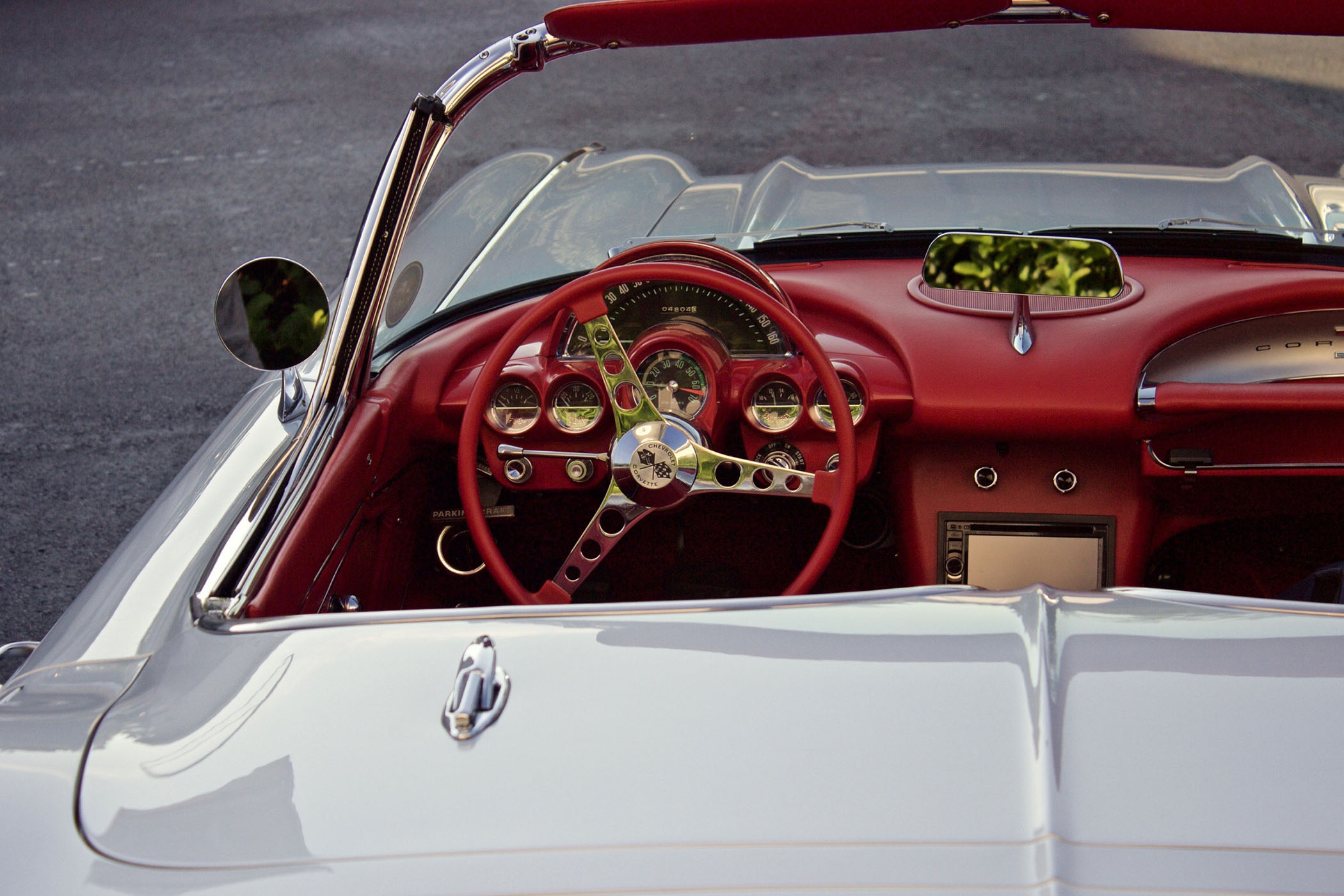This is a take-home test for AML 3124 from the fall of 1995. I might have not exactly addressed the questions as they were presented, but if I had wanted to be a journalist or a writer-for-hire, I never would have majored in English…read away…lemme know what ya think, too…
Although America may very well be the most democratic nation ever to exist in the history of the world, she is not now and never has been egalitarian. “The classless society envisioned by Marx” could never exist in America, the home of capitalism and the birthplace of materialism. The ethos of permanent youth through economic success and everlasting happiness with physical possessions is stronger now than ever before, but its roots lie almost one hundred years in America’s past. Two novels from 1925, Anita Loos’ Gentlemen Prefer Blondes and F. Scott Fitzgerald’s The Great Gatsby, use symbols to portray the rampant materialism of turn-of-the-century America and how that materialism divided the country along class lines.
F. Scott Fitzgerald’s The Great Gatsby is a work infused with symbolism. From Daisy as Jay’s “Holy Grail” to the frequently occurring ashes and ashen gray pallor of the book’s settings, The Great Gatsby abounds with things which are not as they seem. But perhaps the most important symbol is Gatsby’s automobile, the icon of the upper class in 1920s America. Fitzgerald uses the automobile as a representation of material wealth, a badge of the upper class, and ultimately the instrument of Gatsby’s death.
The gaudy automobile first appears as Nick and Gatsby make a trip to New York. The two ride in opulent splendor across the wasteland of industrial America to the city of limitless opportunity. The car separates Nick and Gatsby from the lower classes through which they ride. As a symbol of the upper class, it also serves to distinguish them from those who do not truly deserve to drive, namely the Negroes in the limousine.
It can be argued that the automobile actually serves to show the blurring of class distinction because both whites and blacks are displayed as riding in them. But it is obvious that the Negroes’ limousine is seen by both the novel’s characters and the author as absurd. The Negroes cannot possibly hope to really be in the same class as Gatsby and wealthy Americans. The hearse which they encounter also serves a symbolic purpose. It shows that the automobile, and therefore materialism specifically and class distinctions in general, are meaningless in the face of eventual death. No matter how rich a man can become in America, he will still come to ride in a hearse at the end of his days.
Although nowhere near as depressing but just as symbolic, there is the diamond tiara in Anita Loos’ Gentlemen Prefer Blondes. Lorelei Lee sees the diamond tiara in a woman’s handbag in England and is immediately ‘intreeged’ by it. She wishes to possess it not only because “it is a place where [she] really never thought of wearing diamonds before,” (p.59) but also because “[she] thought [she] had almost one of everything” (p.59) until she saw it. Such blatant emphasis on material possessions is one of Lorelei’s ways to situate herself among the upper class.
Lorelei’s desire to own the diamond tiara provides her drive for much of the middle portion of the book. She becomes infatuated with it, and their ability to provide her with it is her main criterion for selecting the men with whom she associates. These men form a succession of wealthy suitors which she either toys with or abandons depending on whether she can coax any “gifts” out of them. The ones who do not buy her presents, as a good gentleman should, in her opinion, are not on the same social plane as upper-class Americans. She finally convinces a married man to buy her the tiara, much to the disgruntlement of his wife.
The ensuing chase by the Lady Francis Beekman’s competing lawyers serves to place the diamond tiara as a symbol of wealth to be reached at all costs. It represents her status at her rich husband’s side and her place in the upper class. The tiara becomes more symbolic of class distinctions when its less-valuable paste duplicate comes into play. The paste version of the tiara is obviously only for those of a lower social realm. Lorelei cannot imagine a girl who would want the paste tiara. It would be tantamount to aspiring to the lower class, something unthinkable in her universe. When she remarks that “a gentleman could deceive a girl” (p.78) she shows how important it is to her to be able to believe in the immutability of the upper class. It would be unfair for someone to fake their way into the upper class (even though this is what she is always trying to do).
The diamond tiara could possibly be seen as an attainable goal for the lower classes. This however can easily be proven false. Most importantly is that it is never Lorelei’s, and never could be hers, until Piggie buys it for her (which also shows how Lorelei is never truly a member of the upper class). The men who will not get it for her are seen as lower class, whether because they cannot afford it or simply do not choose to waste their money on it. Significant, also, is the existence of the paste replica primarily for the consumption of the lower classes. If everyone could own a diamond tiara, there would never be paste replicas.
Gatsby’s automobile and Lorelei’s diamond tiara both symbolize material possessions that are reserved for the upper class. In an egalitarian society there would be no such treasures because all would have the opportunity to possess them. The characters in Loos’ and Fitzgerald’s books realize that they hold something which isolates them from the lower class and ensures, not dispels, the capitalism and materialism we have all grown to know and love.
